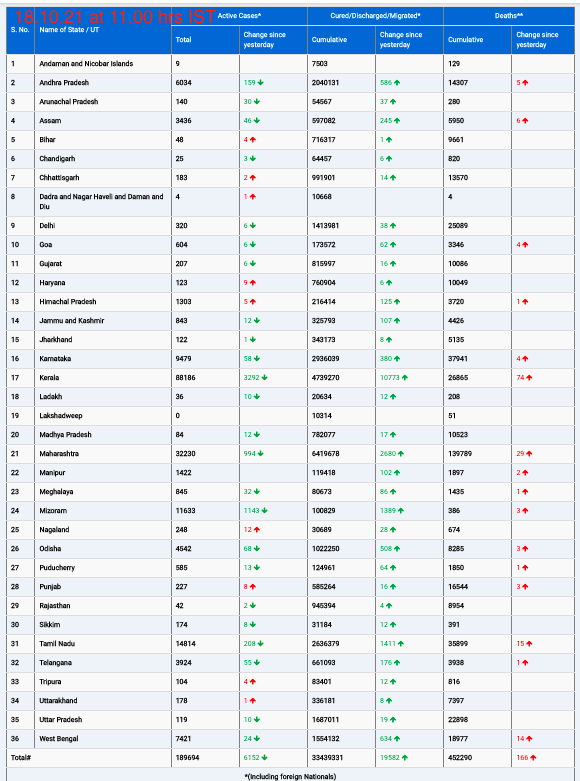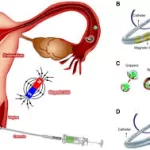Recall a vivid memory – a cherished birthday celebration, a frightening accident, or a life-altering journey. These moments etch themselves into our minds, persisting long after the mundane details of daily life fade away. But how does our brain determine which memories to retain and which to discard?
Researchers at the Albert Einstein College of Medicine propose an intriguing theory: controlled DNA damage and inflammation within brain cells may hold the key to the formation of lasting memories.
“Inflammation of brain neurons is typically viewed as detrimental, linked to neurological disorders like Alzheimer’s and Parkinson’s disease,” explains Dr. Jelena Radulovic, lead neuroscientist of the study. “Yet, our findings suggest that inflammation within certain neurons in the hippocampal region of the brain is crucial for the creation of enduring memories.”
The hippocampus, resembling a seahorse, serves as the epicenter for memory formation in the brain. Dr. Radulovic’s team has uncovered a fascinating mechanism at play within this vital structure.
Using mice as subjects, researchers induced episodic memories by subjecting them to mild, brief shocks. Analysis of the mice’s brains revealed an activation of genes associated with a significant inflammatory pathway within the hippocampus.
This pathway, known as Toll-Like Receptor 9 (TLR9), ordinarily participates in the immune response, detecting foreign DNA from pathogens and initiating defense mechanisms. However, its role in memory formation appears to be distinct.
The mild shocks prompted minor DNA breaks within specific hippocampal neurons. While routine DNA damage and repair are commonplace, these neurons exhibited more substantial and enduring damage.
The damaged DNA fragments, along with other molecules, triggered the TLR9 pathway. Subsequently, DNA repair complexes migrated to an unexpected location within the cells – the centrosomes.
Centrosomes, typically involved in cell division, assumed a new function within neurons. Activated by inflammation, they became hubs for extensive DNA repair, potentially linking neurons together to form memory engrams.
“This discovery suggests an intriguing evolutionary adaptation of hippocampal neurons,” remarks Dr. Radulovic. “Combining the immune response’s DNA-sensing TLR9 pathway with a DNA repair function within centrosomes may facilitate memory formation without necessitating cell division.”
Moreover, during the inflammatory repair process, memory-encoding neurons exhibit resistance to new information influx. This protective mechanism prevents interference with the consolidation of existing memories amidst a constant barrage of stimuli.
However, caution is warranted in manipulating brain inflammation pathways. Complete blockade of the TLR9 pathway not only impairs long-term memory formation but also leads to genomic instability, a hallmark of aging and various neurodegenerative disorders.
While still in its nascent stages, this research opens promising avenues for understanding and potentially treating memory disorders. By harnessing the controlled inflammation inherent in memory formation, scientists envision a future where memory impairment may be mitigated or even reversed.
The implications extend far beyond memory research, offering insights into the intricate interplay between the immune system and brain function. This newfound understanding may herald a paradigm shift in combating diseases that afflict memory, offering hope for preserving our most cherished recollections.
The study is published in the prestigious journal Nature, marking a significant milestone in unraveling the mysteries of memory.











